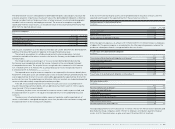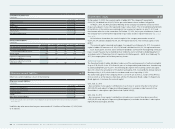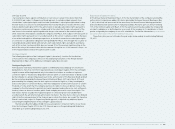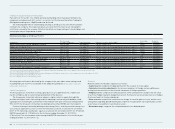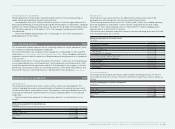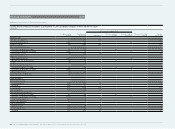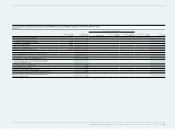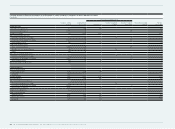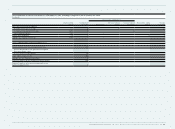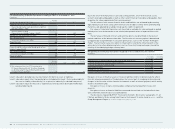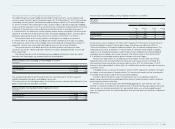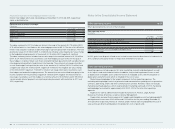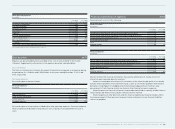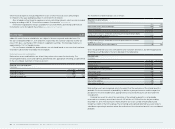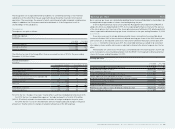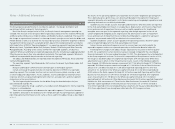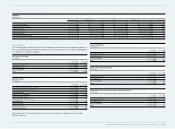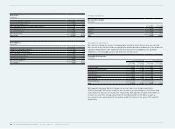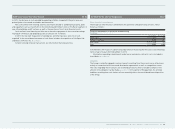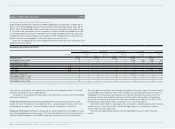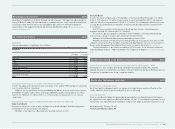Reebok 2010 Annual Report Download - page 217
Download and view the complete annual report
Please find page 217 of the 2010 Reebok annual report below. You can navigate through the pages in the report by either clicking on the pages listed below, or by using the keyword search tool below to find specific information within the annual report.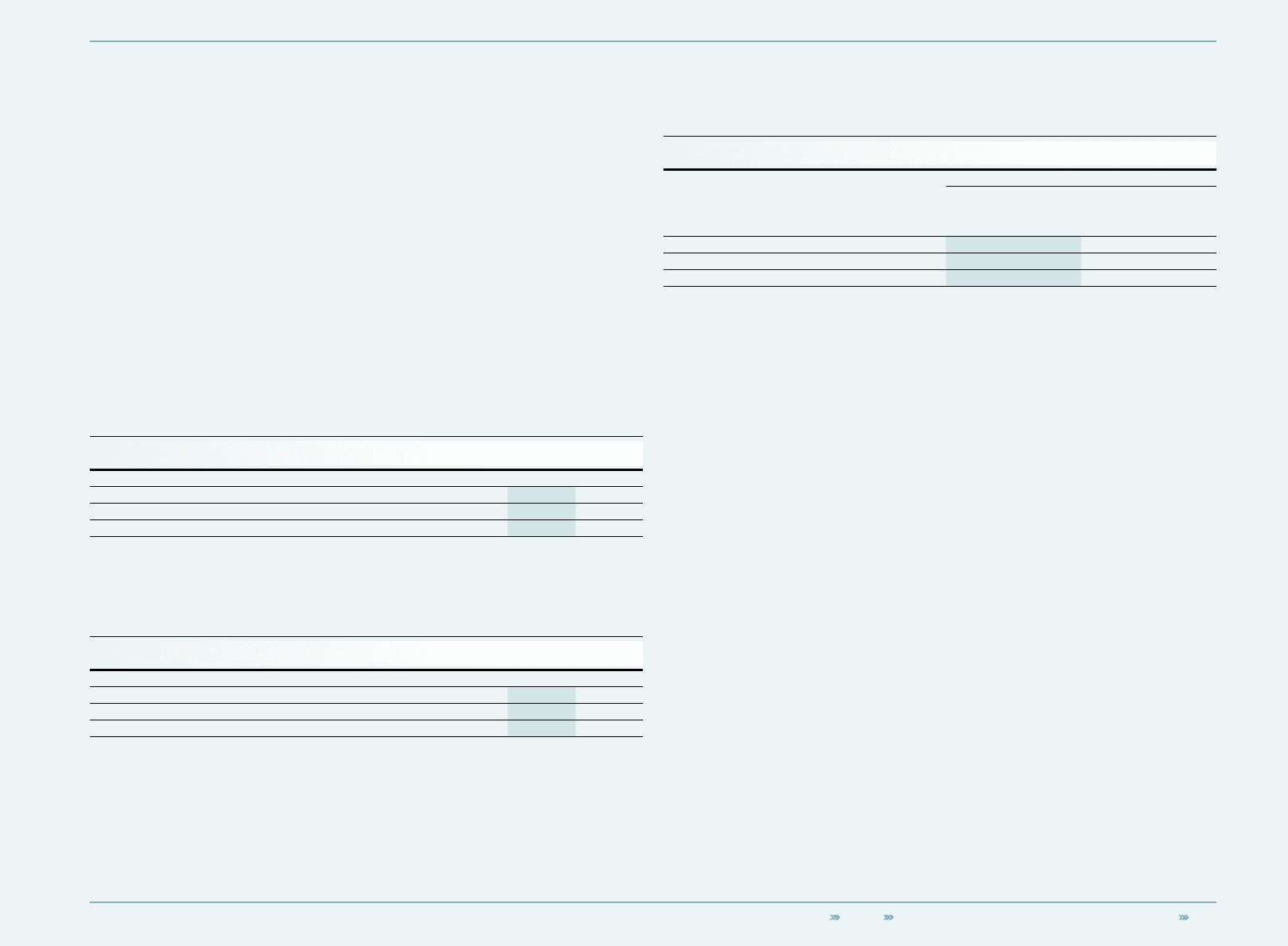
Consolidated Financial Statements Notes Notes to the Consolidated Statement of Financial Position 213
Financial instruments for the hedging of foreign exchange riskFinancial instruments for the hedging of foreign exchange risk
The adidas Group uses natural hedges and arranges forward contracts, currency options and
currency swaps to protect against foreign exchange risk. As at December 31, 2010, the Group had
outstanding currency options with premiums paid totalling an amount of € 7 million (December
31, 2009: € 6 million). The effective part of the currency hedges is directly recognised in hedging
reserves and the acquisition costs of secured inventories, respectively, and posted into the income
statement at the same time as the underlying secured transaction is recorded. An amount of
€ 16 million (2009: € 4 million) for currency options and an amount of negative € 25 million (2009:
negative € 41 million) for forward contracts were recorded in hedging reserves. Currency option
premiums impacted net income in the amount of € 4 million in 2010 (2009: € 4 million).
The total time value of the currency options not being part of a hedge in an amount of
€ 1 million (2009: € 3 million) was recorded in the income statement in 2010. Due to a change
in the exposure, some of the currency hedges were terminated and consequently an amount of
negative € 3 million was reclassified from hedging reserves to the income statement.
The total net amount of US dollar purchases related to product sourcing versus other
currencies was US $ 3.7 billion and US $ 3.7 billion in the years ending December 31, 2010 and
2009, respectively.
The notional amounts of all outstanding currency hedging instruments, which are mainly
related to cash flow hedges, are summarised in the following table:
Notional amounts of all outstanding currency hedging instruments
€ in millions
Dec. 31, 2010 Dec. 31, 2009
Forward contracts 3,100 3,118
Currency options 617 532
Total 3,717 3,650
The comparatively high amount of forward contracts is primarily due to currency swaps for
liquidity management purposes and hedging transactions.
Of the total amount of outstanding hedges, the following contracts related to the US dollar (i.e. the
biggest single exposure of product sourcing):
Notional amounts of outstanding US dollar hedging instruments
€ in millions
Dec. 31, 2010 Dec. 31, 2009
Forward contracts 2,248 2,252
Currency options 576 532
Total 2,824 2,784
The fair value of all outstanding currency hedging instruments is as follows:
Fair values
€ in millions
Dec. 31, 2010 Dec. 31, 2009
Positive
fair
value
Negative
fair
value
Positive
fair
value
Negative
fair
value
Forward contracts 40 (86) 22 (74)
Currency options 38 (15) 28 (18)
Total 78 (101) 50 (92)
A total net fair value of negative € 35 million (2009: negative € 57 million) for forward contracts
related to hedging instruments falling under hedge accounting as per definition of IAS 39
“Financial Instruments: Recognition and Measurement” was recorded in hedging reserve. The
remaining net fair value of negative € 11 million (2009: € 5 million) mainly related to liquidity
swaps for cash management purposes and forward contracts hedging intercompany dividend
receivables was recorded in the income statement. The total fair value of € 23 million (2009:
€ 10 million) for outstanding currency options related to cash flow hedges.
The fair value adjustments of outstanding cash flow hedges for forecasted sales will be
reported in the income statement when the forecasted sales transactions are recorded. The
vast majority of these transactions are forecasted to occur in 2011. As at December 31, 2010,
inventories were adjusted by € 6 million (2009: € 4 million) which will be recognised in the income
statement in 2011.
In hedging reserve, an amount of negative € 3 million (2009: negative € 3 million) is included
for hedges of net investments in foreign entities. This reserve will remain until the investment in
the foreign entity has been sold or the loan has been paid back.
In order to determine the fair values of its derivatives that are not publicly traded, the
adidas Group uses generally accepted quantitative financial models based on market conditions
prevailing at the balance sheet date.
The fair values of the derivatives were determined applying the “zero method”. The “zero
method” is a theoretical model for the determination of forward rates based on deposit and swap
interest rates. An alternative method is the “par method” which uses actively traded forward
rates. A comparison of the fair valuation based on the alternative methods revealed no substantive
differences.


